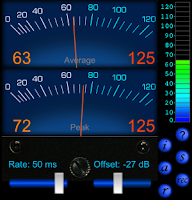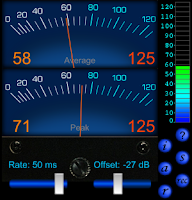I stumbled upon an application from FloorPlanOnline that targets the real estate market, but I think has potential applicability for many other domains. While doing some online house-hunting I came across a listing that included a great virtual real estate tour. The first thing that caught my eye was a map; actually a floor plan that showed the locations of photos taken at various places in the condo. I could click to see what things looked like from each location, and the icons changed color as I visited the photos; red was not viewed, green were those I had seen, and blue was the location of the current photo shown in the panel in the upper left.
I could also check how things looked when fully furnished by choosing objects from several menus with categories like bedroom, living room, kitchen, and also animals and garden objects. I could even drag and drop a golden lab in front of the fireplace (but somewhat disappointingly, could find no cats). Here was "GeoDesign" in miniature.
I've struggled to get similar floor plans and many other related kinds of maps into a GIS where I could manage objects that include links to photos, reports, and other media in a geodatabase. The struggle is that using a GIS all this works best if you georeference what you want to work with - a floor plan, a cave map, a site map for an archaeological dig - even if it makes no sense to do so, and your basemap is lower in resolution than the map you want to manage and (often by necessity) need to georeference.
I've evolved some workarounds to avoid the need to georeference maps of these types. But this is where I think GIS can take a lesson from CAD drawings - why can't we have a "paper space" projection that just treats scanned maps or vectorized diagrams in scaled page space, rather than UTM zone 12 or web mercator auxiliary sphere?
Monday, March 28, 2011
Wednesday, March 23, 2011
Most Popular Browser (subject to change)
Chrome has been my browser of choice for quite a while now, and a recent news item about the popularity of Firefox among Windows users still parked on Windows XP led me to an interesting link from netmarketshare.com which shows how things shake out today in terms of popularity.
As of today the current marketshare trend shows Internet Explorer decreasomg, Firefox holding steady, but Chrome coming on strong. We'll see how things shake out over time, but it seems I'm among a growing number of Chrome-o-philes.
As of today the current marketshare trend shows Internet Explorer decreasomg, Firefox holding steady, but Chrome coming on strong. We'll see how things shake out over time, but it seems I'm among a growing number of Chrome-o-philes.
Tuesday, March 8, 2011
The Most Popular Mobile Platform at the Esri DevSummit
Tom Brenneman, a colleague from Esri St. Louis, used a clever technique to judge the popularity of mobile platforms at the 2011 Esri DevSummit at the Palm Springs Convention Center today. He used an iPhone app that displays decibel levels, and had attendees cheer and applaud for the platform they were planning to use for mobile development. These were recorded during a session titled "Choosing a Mobile Deployment Platform."
Tom's website posted these snapshots independently but I thought it might be interesting to post them all at once in a column. You can judge for yourself which is the most popular mobile platform at this event.
Tom's website posted these snapshots independently but I thought it might be interesting to post them all at once in a column. You can judge for yourself which is the most popular mobile platform at this event.
Baseline level
(recording of maximum cheering and applause from the audience)
(recording of maximum cheering and applause from the audience)
ArcGIS Mobile
(seems like it even trumped the baseline level)
(seems like it even trumped the baseline level)
iOS
Android
WinPhone
JavaScript
Flex
And the winner is... the developer who has so many great options!
Subscribe to:
Comments (Atom)










